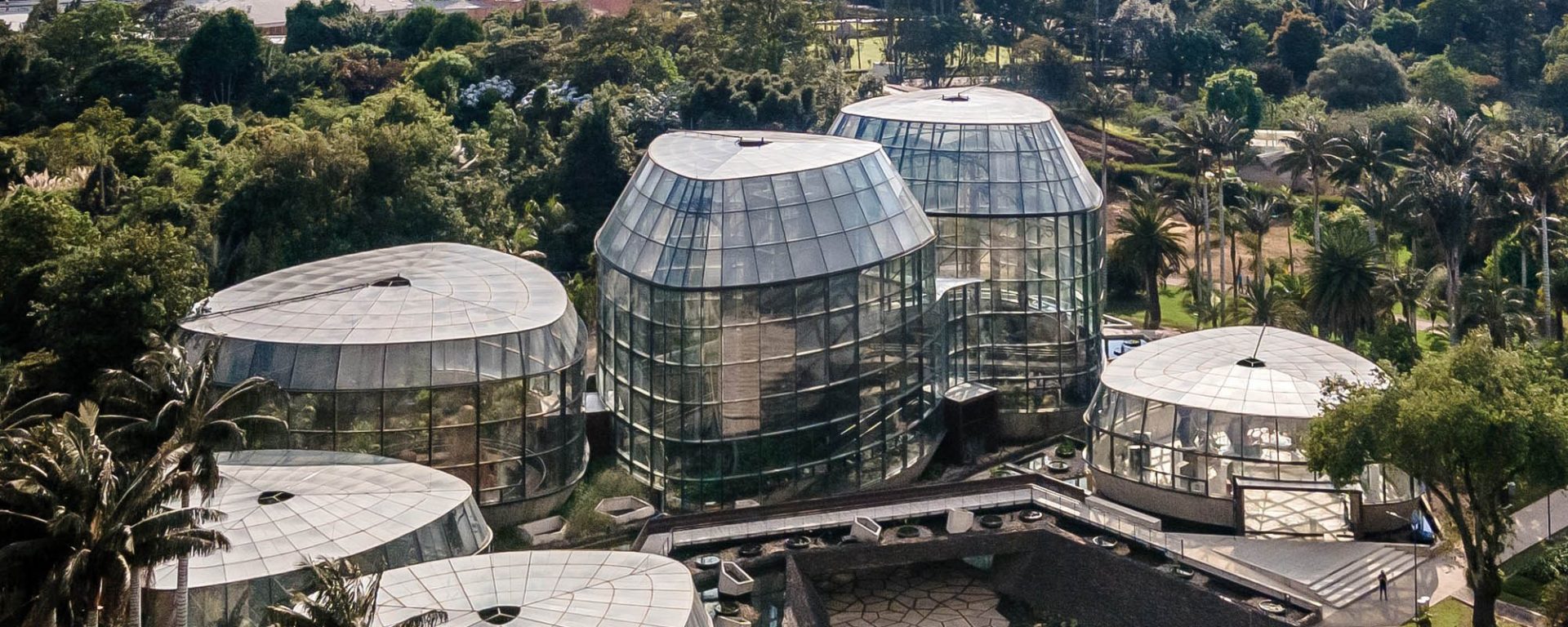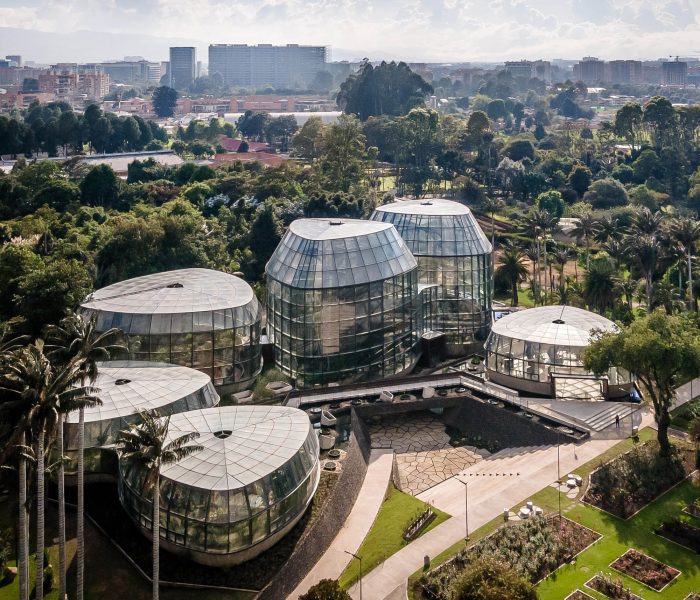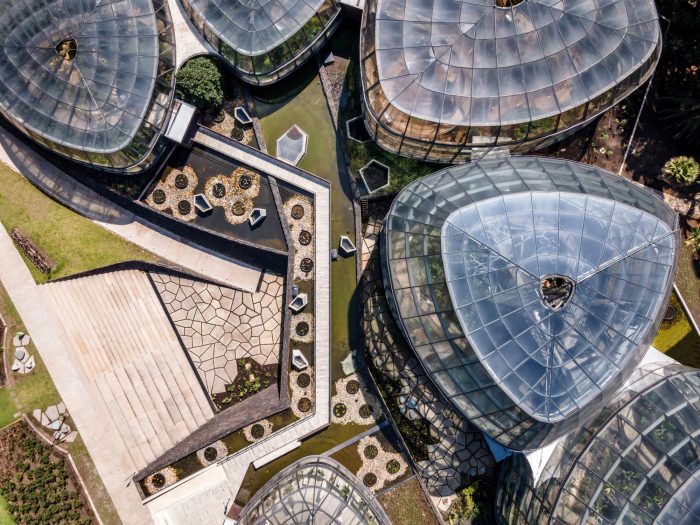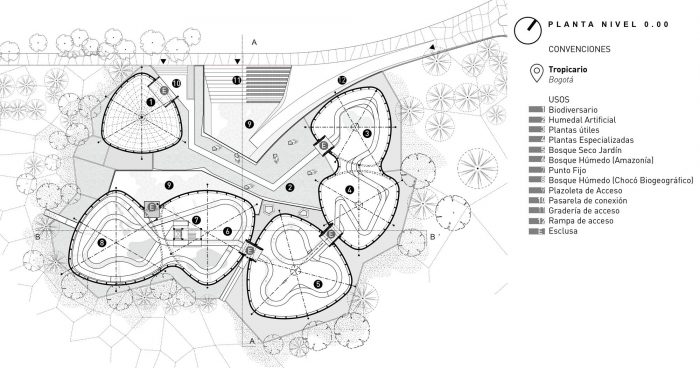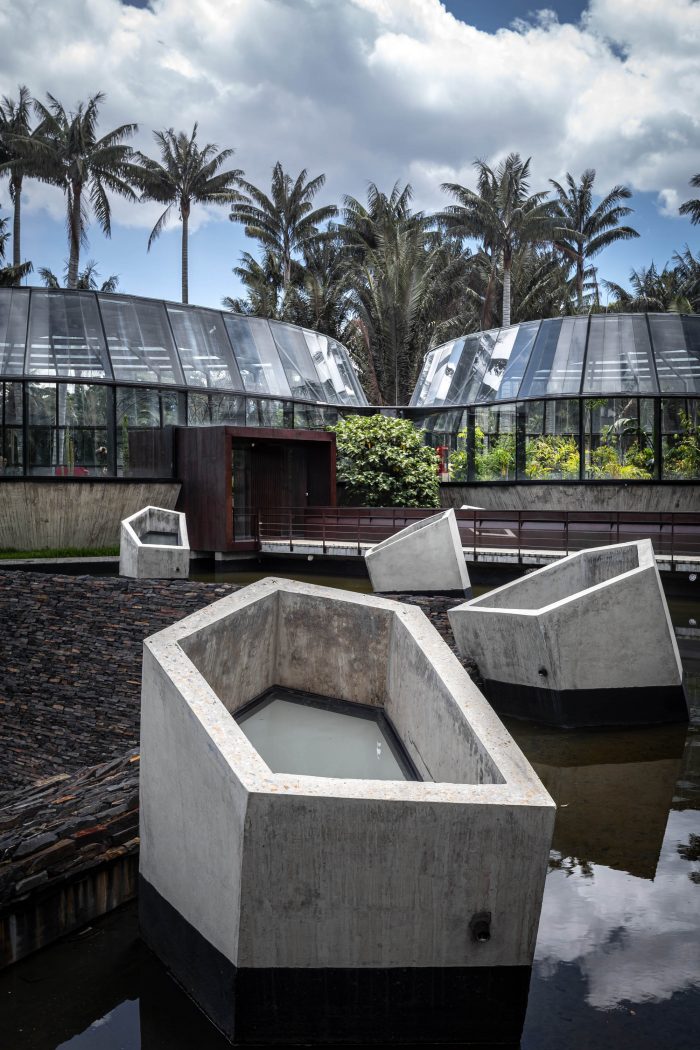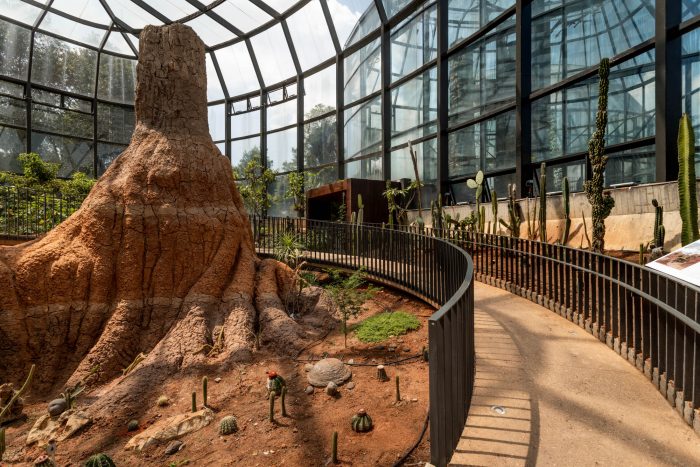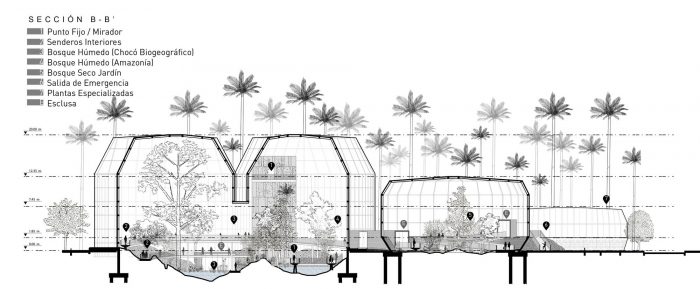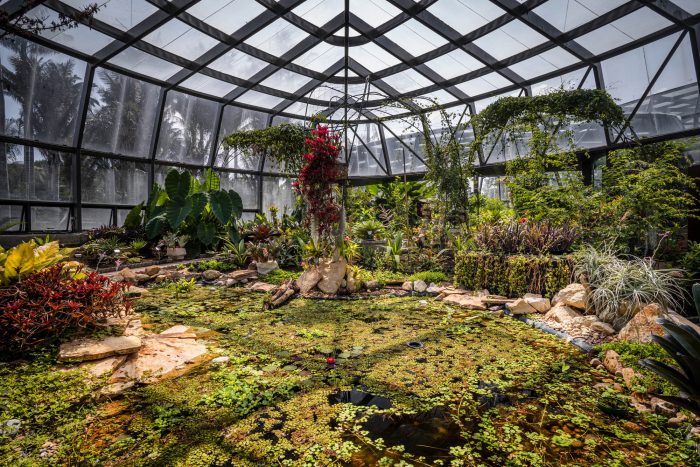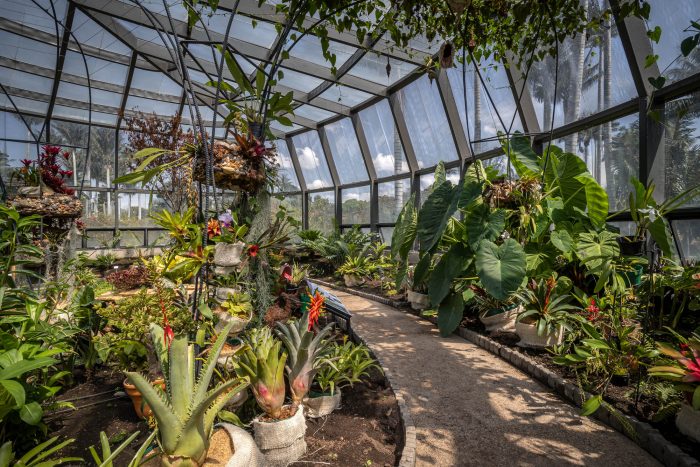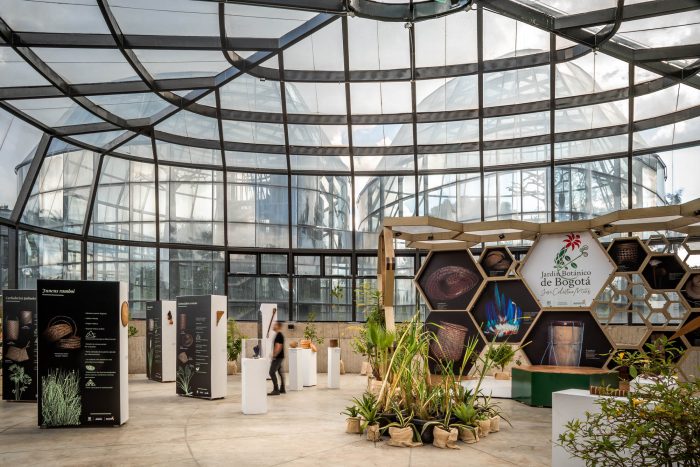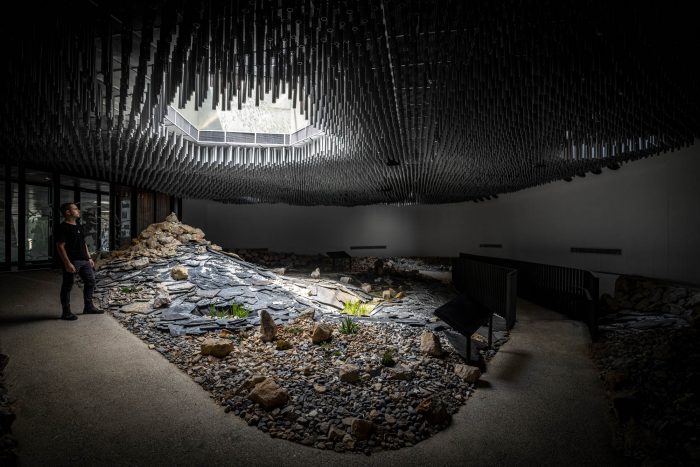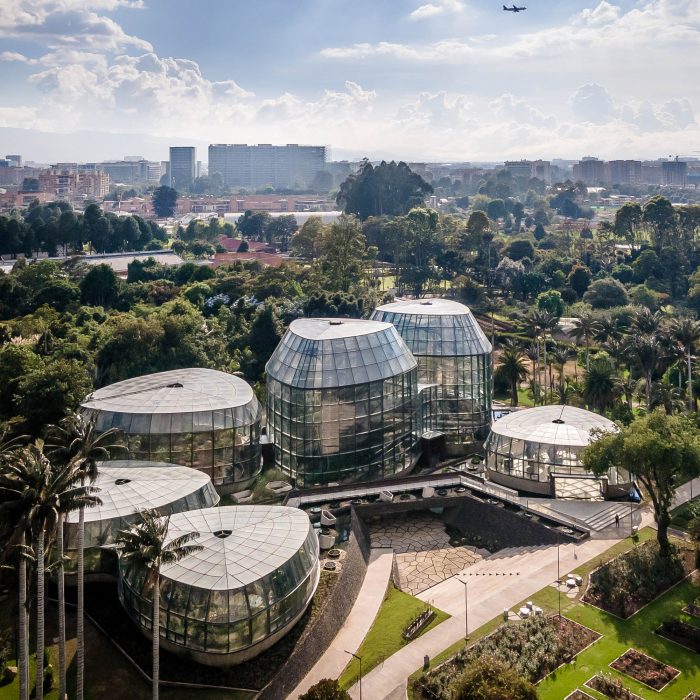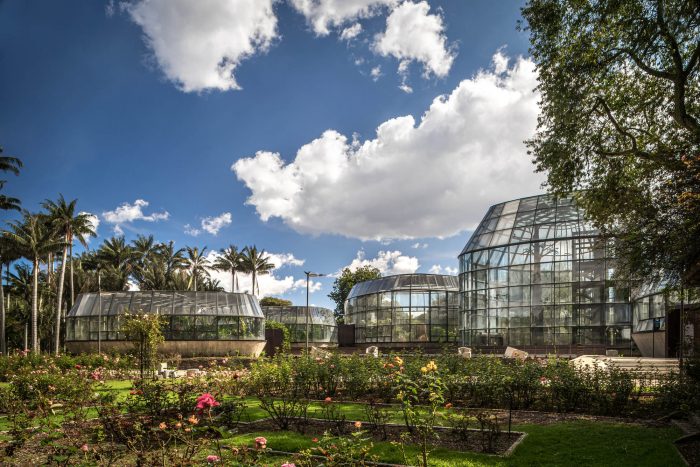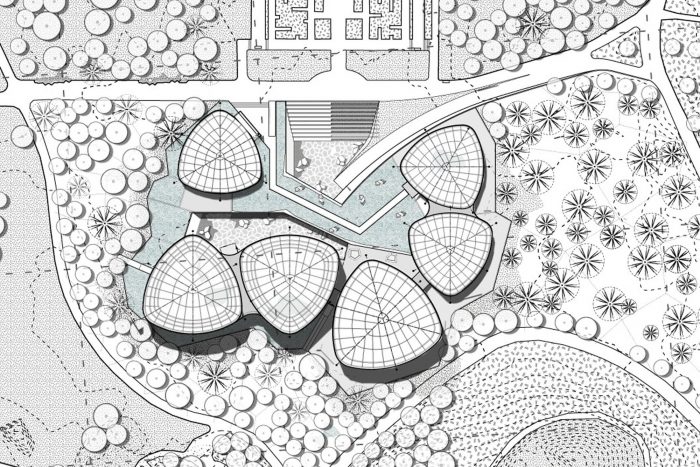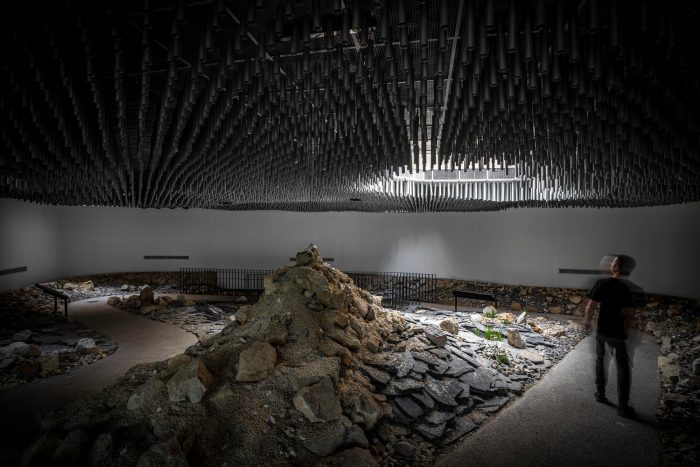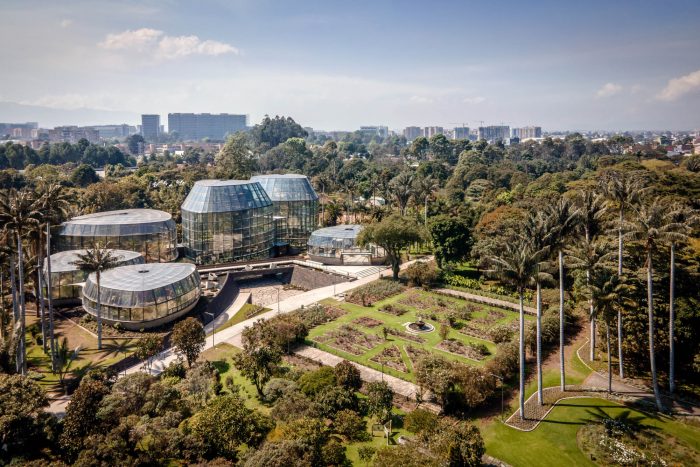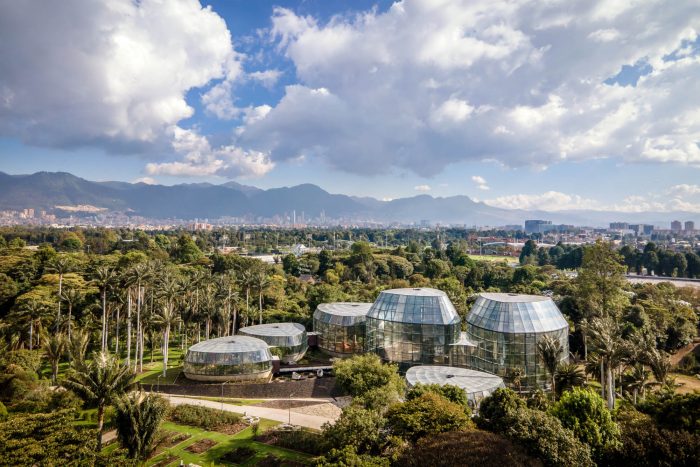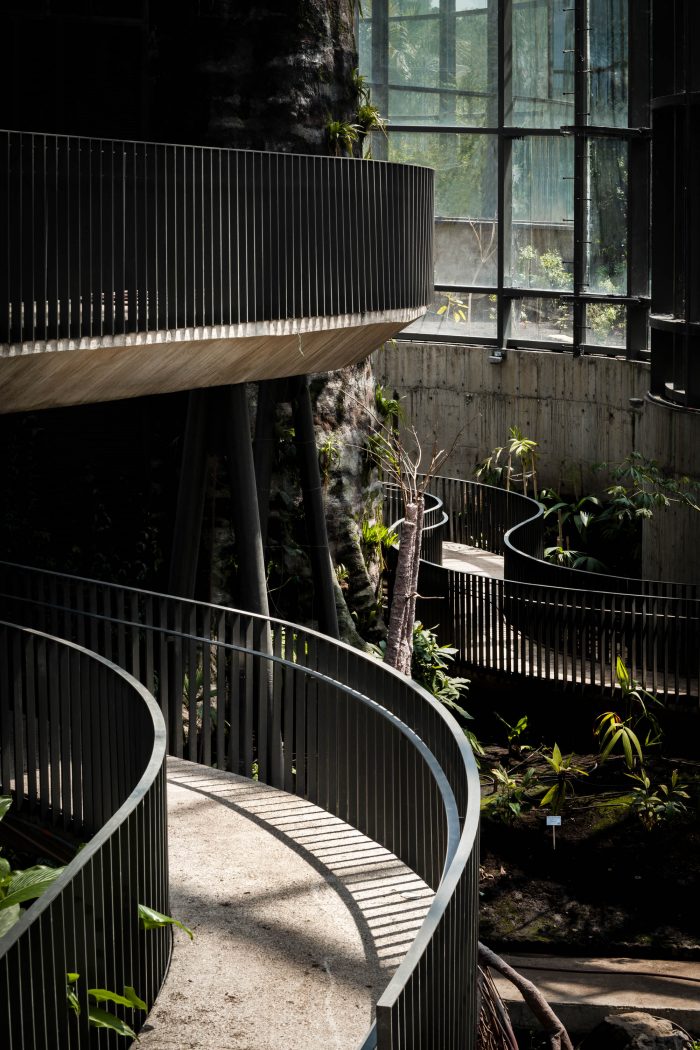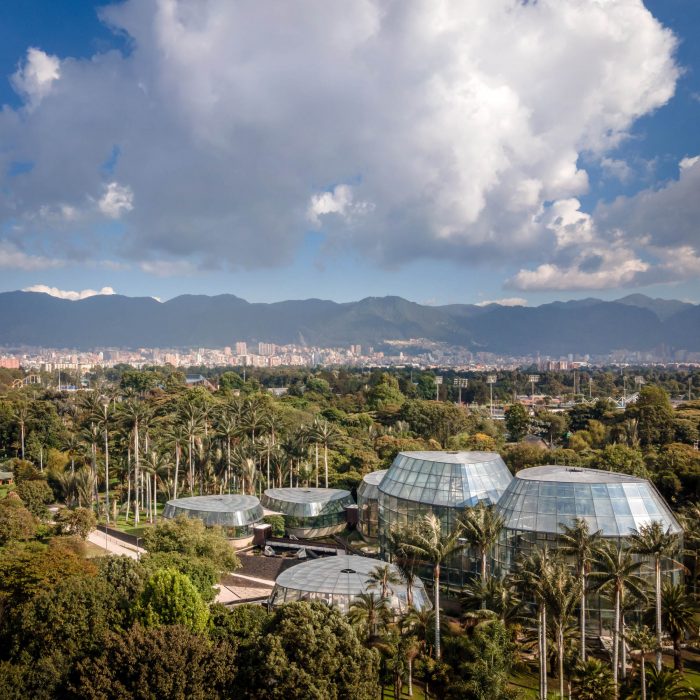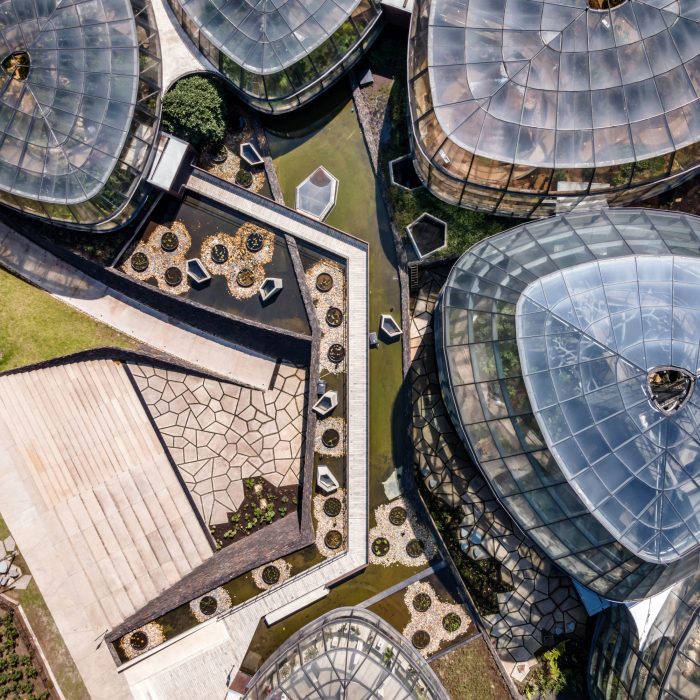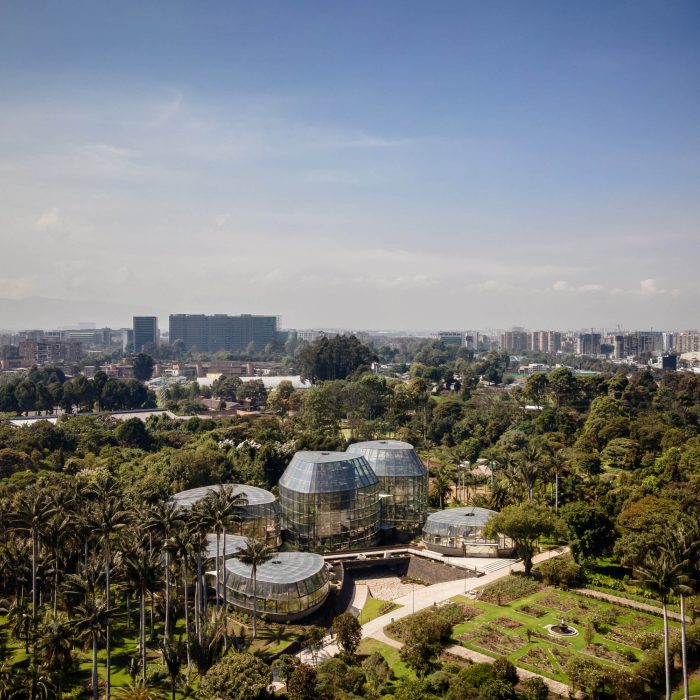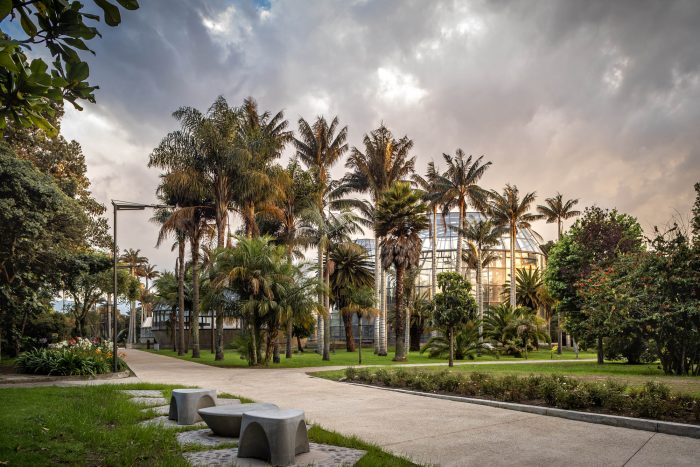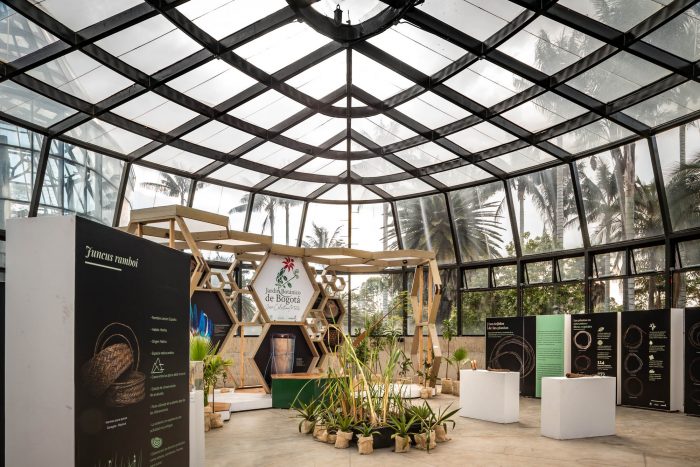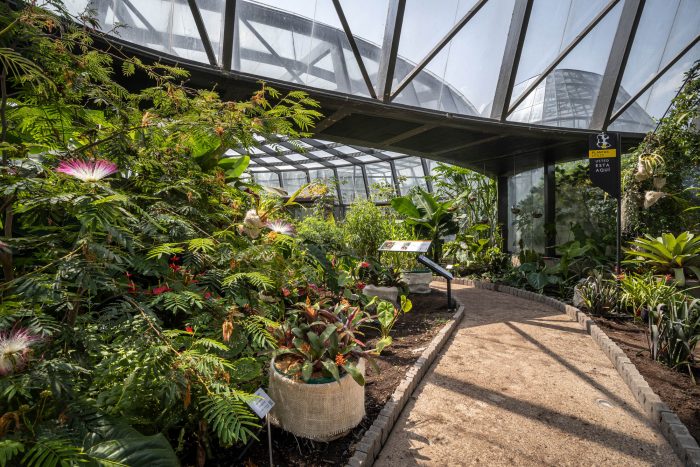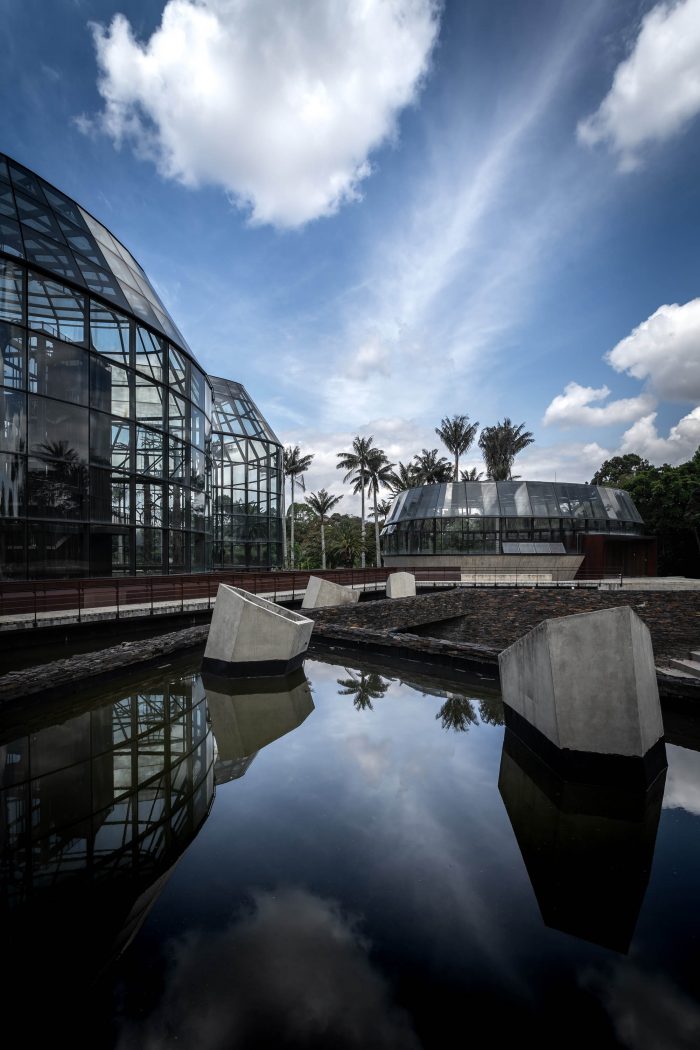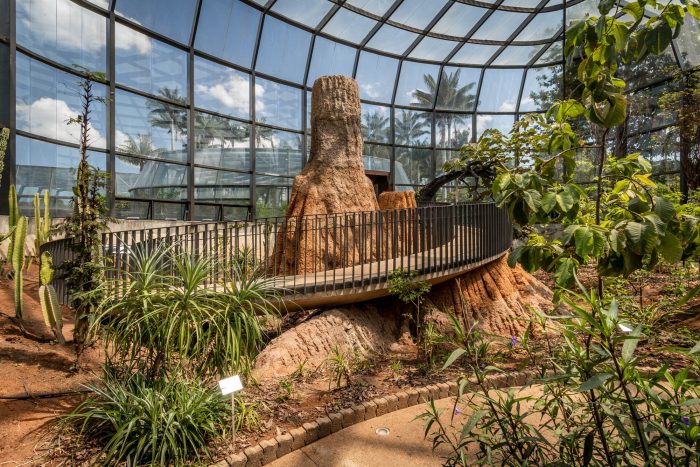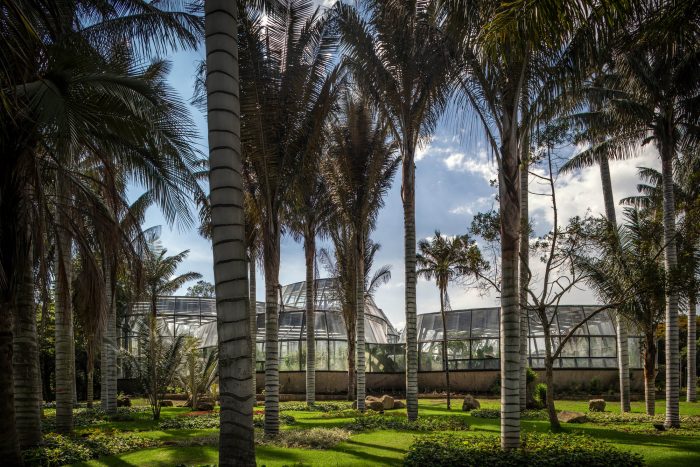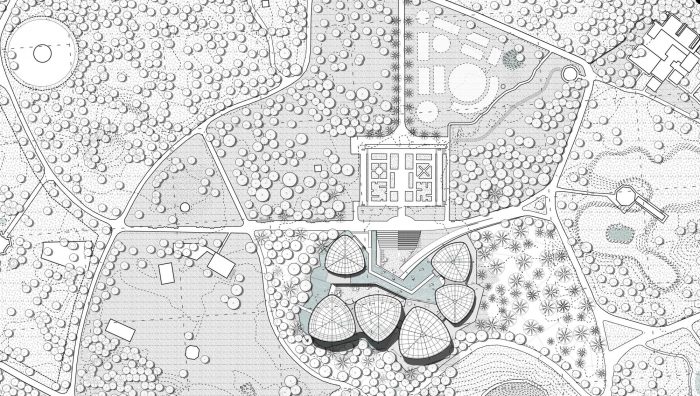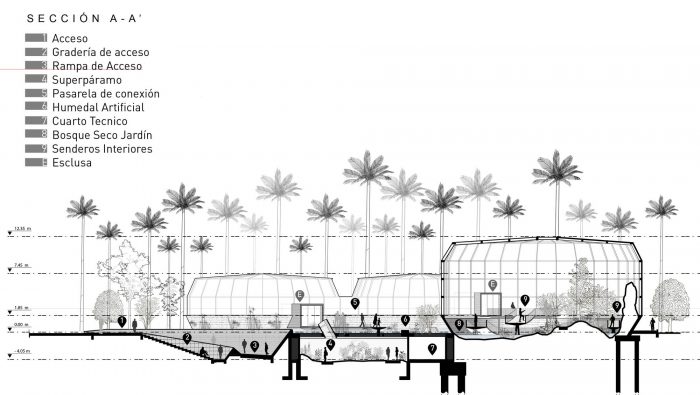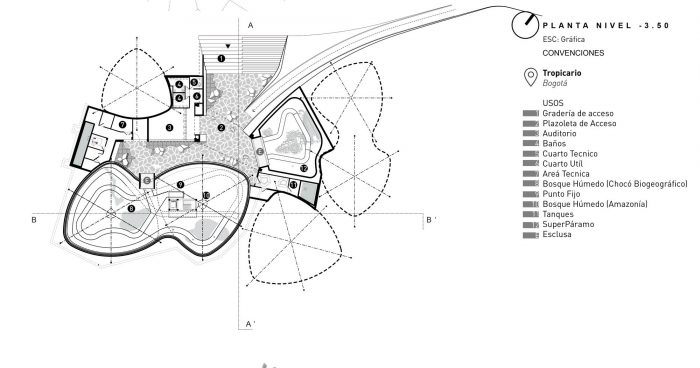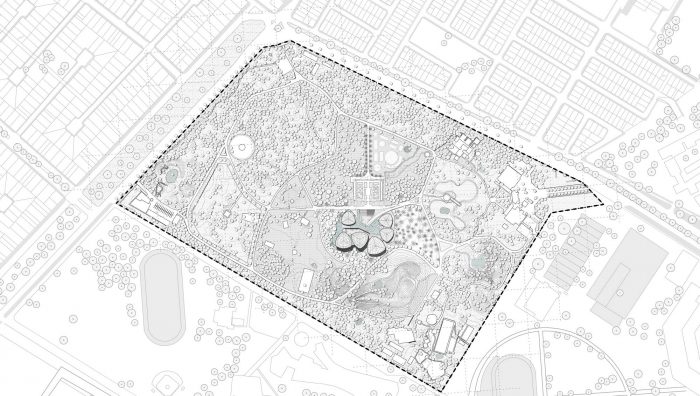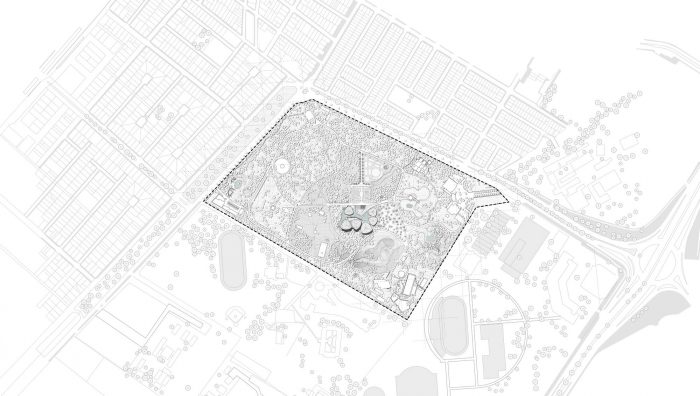波哥大是哥伦比亚的首都,它位于哥伦比亚的中心,海拔2600米。该市所占据的领土被称为 “波哥大大草原”,是安第斯山脉东部的一个高原。该市在东部地区被称为东部丘陵的山地系统所限制,在西部被波哥大河所限制。大约2万年前,这片领土是一个连接山丘和河流的大湖。今天,这个过去的湖泊只剩下一些痕迹,城市为了城市的发展抽干了绝大部分的湿地,从20世纪初的5万公顷,到现在只有727公顷,只剩下原来面积的1.45%。这种恶化主要是由于人们对湿地在生态系统中的重要性普遍缺乏了解。
Bogotá is the capital of Colombia, it is located in the centre of the country at 2,600 meters above sea level. The territory that the city occupies is known as the “The Bogotá Savanna”, a plateau that is part of the eastern mountain range of the Andes. The city is limited in the eastern area by a mountainous system known as the eastern hills and in the west by the Bogotá River. About 20,000 years ago this territory was a large lake that joined the hills and the river. Today there are only some traces of this past lake, the city drained the vast majority of wetlands for its urban development, going from 50,000 hectares at the beginning of the 20th century, to only 727, leaving only 1.45% of the original area. This deterioration is largely due to widespread ignorance of the importance of wetlands in ecosystems.
该国的环境财富与高水平的森林砍伐和原材料开采形成鲜明对比;非法采矿、大面积放牧和滥砍滥伐是一些最大的问题。濒危物种的高比率使哥伦比亚被列入八个国家的红色名单,这些国家对地球的恶化负有一半的责任。作为保存和保护生态系统的战略,波哥大植物园制定了 “多样性节点 “倡议,这是一个雄心勃勃的项目,旨在对全国不同地区进行新的植物学考察,这将使哥伦比亚境内一些最受威胁的生态系统得到保护和评估。
The country’s environmental wealth is contrasted by the high levels of deforestation and exploitation of raw materials; Illegal mining, extensive cattle ranching and indiscriminate logging are some of the biggest problems. The high rates of endangered species have put Colombia on the red list of the eight countries responsible for half of the deterioration of the planet. As a strategy for the conservation and protection of ecosystems, the Botanical Garden of Bogotá develops the initiative “Nodos de Diversidad” or “Nodes of Diversity”, an ambitious project that seeks to carry out a new botanical expedition throughout different areas of the country and that will allow protecting and valuing some of the most threatened ecosystems in the Colombian territory.
El Tropicario,正如该项目所称,是该计划的主要基础设施。它将成为推广这些考察结果的展览空间。该项目位于一个旧结构的脚印上,该结构已处于高度恶化的状态。植入地点周围的蜡棕榈的保护是项目的一个决定性因素。这是一个生长非常缓慢的物种,被宣布为国家树种,面临着灭绝的危险。这些棕榈树的寿命超过100年,高度可达70米。在El Tropicario周围有70多棵这种类型的成年棕榈树。这就提出了使用一个灵活形式的系统的必要性,以便不影响树木。
El Tropicario, as the project is called, is the main infrastructure of this plan. It will be the exhibition space for promoting the results of these expeditions. The project is located on the footprint of an old structure, which was in a high state of deterioration. The conservation of the wax palms surrounding the implantation site was a decisive element for the project. It is a species of very slow growth, declared a national tree and in danger of extinction. These palms live for more than 100 years, reaching heights of up to 70 meters. There are more than 70 adult palms of this type around El Tropicario. This raised the need to use a system of flexible forms, in order not to affect the trees.
另一个重要条件是将热带雨林纳入植物园的结构及其强大的教育和职业推广。热带雨林是花园总路线的一部分,建议的建筑是为步行而产生的,因此它不能被认为是一个被墙封闭的建筑。开始的问题是。如何将该项目与波哥大大草原的景观联系起来?这个问题要求该项目作为一个空间来传播和教授环境价值和该地区面临的威胁,作为对当地景观文化的一种贡献方式。答案是将建筑理解为一个由相关部分组成的系统,构成一个整体。
Another important condition was to integrate El Tropicario into the structure of the Botanical Garden and its strong educational and vocational outreach. El Tropicario is part of the general route of the Garden and the proposed architecture is generated for walking, therefore it couldn’t be thought of as a building closed by walls. The starting question was: How to relate the project to the landscape of the Bogotá Savannah? This question would require the project to function as a space to disseminate and teach about the environmental values and threats that this territory faces, as a way of contributing to the culture of the local landscape. The answer involved understanding the building as a system of related parts that make up a whole.
从概念上讲,项目的不同区域作为浮动空间,在湿地内发挥作用,而湿地是波哥大大草原的生态系统。为此,参考前西班牙工程开发的两栖建筑(Chinampas, Camellones, Floating Islands)很重要。该项目由六个系列组成。湿润森林、干燥森林、特殊收藏、有用的植物、Superpáramos和生物多样性,每个空间都有特定的高度、温度和湿度要求。这些空间作为 “浮动 “模块,通过人工湿地进行衔接,这是设计团队在竞争阶段提出的收藏。
Conceptually, the different areas of the program function as floating spaces, within a wetland, which is the ecosystem of the Bogotá Savanna. For this, references of amphibian architecture developed by pre-Hispanic engineering (Chinampas, Camellones, Floating Islands) was important. The project is made up of six collections: Humid Forest, Dry Forest, Special Collections, Useful Plants, Superpáramos and Biodiversity, each space having specific height, temperature and humidity requirements. These spaces function as “floating” modules, articulated through an artificial wetland, a collection proposed by the design team from the competition phase.
提倡使用不需要机械通风系统的被动温度控制系统,使用不同厚度的玻璃和过滤器,以及打开一些区域的自动系统来控制温度。每个结构都被认为是一个水的接收器,在上部加入了一个椭圆体来收集雨水,将其引向位于空间内的湖泊,进一步传递到周边的人工湿地,而人工湿地又作为一个大型水库,用于植被的灌溉系统,从而形成一个封闭的循环。一个 “锁 “的系统,作为不同藏品之间的过渡空间,允许游客从一个空间移动到另一个空间,保持每个空间所需的温度条件。每个锁都有必要的技术控制和紧急出口。我们的星球正在经历的环境紧急情况,使得公共项目有必要以一种共生的方式利用城市和环境逻辑进行想象,以保护共同的环境遗产。
The use of passive temperature control systems that don’t require mechanical ventilation systems was promoted, using glass with different thicknesses and filters and automated systems for opening some areas to control the temperature. Each of the structures is considered as a water receiver, with an oculus incorporated in the upper part to capture rainwater, leading it to lakes located within the space, passing it further to the artificial wetland in the perimeter, which in turn works as a large reservoir of water that is used for irrigation systems for vegetation, thus creating a closed cycle. A system of “locks”, as transitional spaces between the different collections allow the visitor to move from one space to another, preserving the temperature conditions required for each space. Each lock has the required technical controls and emergency exits. The environmental emergency that our planet is experiencing makes it necessary for the public project to be imagined using urban and environmental logics in a symbiotic way, in order to safeguard the shared environmental heritage.
El Tropicario是对建立一种景观文化的承诺,在这里,从当地的环境中传递出一种全球的紧迫性信息。结构系统是基于混凝土支柱,在地面上打了30米深,位于结构的周边。这个系统的目的是释放空间内的土壤,以便有区域进行深层播种。到达地表后,在这些支柱上,混凝土斜墙被清空,作为金属结构的支撑,使其能够作为空间内的 “花盆”,其中部分土壤可以容纳植物,并在地形上产生变化,允许组织不同物种的种植区。在钢筋混凝土墙上,安装了30厘米×10厘米的金属支柱,位于每个空间的周边,形成 “结构篮”,作为一个自我支持的结构,这使得里面没有柱子。
El Tropicario is a commitment to building a landscape culture where, from the local context, a message of global urgency is transmitted. The structural system was based on concrete pillars driven 30 meters deep in the ground, located on the perimeter of the structures. The objective of this system was to free the soil inside the spaces in order to have areas for deep seeding. Upon reaching the surface, on these pillars, the concrete sloping walls were emptied, functioning as a support for the metal structure, allowing it to serve as “flowerpots” inside the spaces, where part of the earth can be contained for plants and to generate changes in the topography that allow organizing the planting areas of the different species. On the reinforced concrete walls, 30 cm x 10 cm metal pillars are installed, located on the perimeter of each space, forming “structural baskets” as a self-supporting structure, which allows there to be no columns inside.
Architects: DARP
Area: 3787 m²
Year: 2020
Photographs: Mauricio Carvajal
Manufacturers: AutoDesk, Lafarge Holcim, iGuzzini, Adobe, Corpacero, Hunter Douglas, Tecnoglass, Trimble Navigation, Ventanar
Lead Architects: Jaime Cabal, Jorge Buitrago
Coordinator:David Carmona
Competition Phase:Melisa Arango, Carlos Andrés Palacio, Sara Olier, Benjamín Gómez, Mateo Agudelo, Dg. Adriana García
Development Phase:Jamie NG, Teresa Tognetti Bottone, Carlos Andrés Palacio, Cristian Camilo Ríos, Milena Jaramillo, Sebastián Rosas, Héctor Ospina, Mauricio Álvarez, Katherine Agudelo, Dg. Adriana García.
Landscaping:Carlos Betancur, Nadia Guacaneme.
Engineering:CNI Ingenieros
Landscape:DARP. De Arquitectura y Paisaje, Jardín Botánico de Bogotá
Collaborators:SISTEC. Sistemas Integrados De Energía Y Tecnología S A S.
City:Bogotá
Country:Colombia

